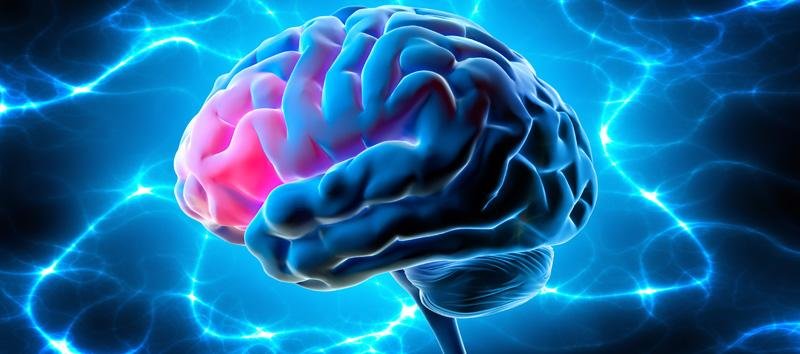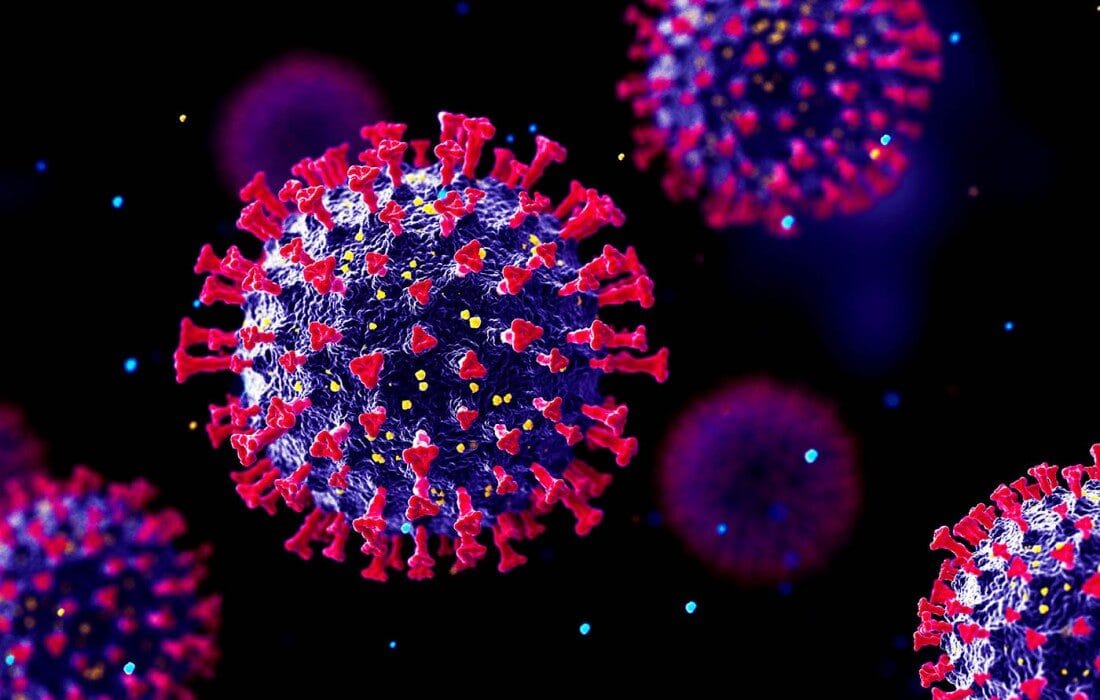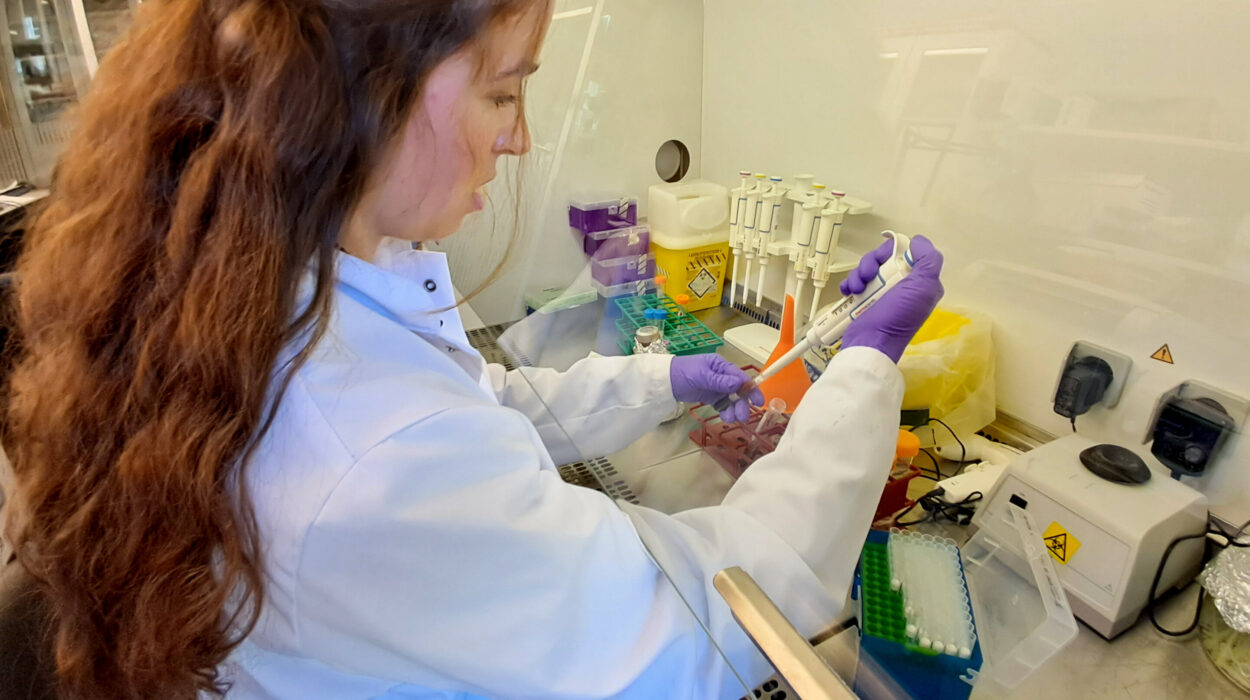Trauma is a word that carries immense weight and hidden wounds. It is more than just a memory of pain—it is an imprint on the very architecture of the brain. When someone experiences trauma, especially repeated or severe trauma, it changes how their brain functions, perceives, and reacts to the world. Healing a traumatized brain is not just about forgetting the past or “getting over it.” It is a profound process of rewiring, repairing, and reclaiming one’s self. It is a journey that science, psychology, and compassion have only begun to fully understand.
This article will explore the intricate ways trauma reshapes the brain, the latest scientific insights into brain healing, and the holistic approaches that can guide survivors back to wholeness. Healing is possible. It is a path that demands patience, courage, and the tender guidance of both science and soul.
Understanding Trauma’s Grip on the Brain
To truly understand how to heal a traumatized brain, we must first understand what trauma does inside our skulls. Trauma is a response to experiences that overwhelm our capacity to cope—whether it be abuse, neglect, accidents, war, or loss. The brain, designed primarily for survival, responds to such overwhelming events with instinctual adaptations meant to protect us.
At the core of trauma’s impact lies the limbic system, a complex set of brain structures including the amygdala, hippocampus, and prefrontal cortex. The amygdala, often called the brain’s alarm system, becomes hyperactive in trauma survivors. It triggers intense fear responses even in safe situations. This heightened vigilance is an evolutionary survival mechanism—when danger once loomed large, the brain stayed alert to protect the body.
The hippocampus, responsible for memory and learning, can shrink or become dysfunctional under chronic stress. This disrupts the brain’s ability to distinguish between past and present, leading to flashbacks or dissociative episodes where traumatic memories flood the mind unbidden.
The prefrontal cortex, the seat of reasoning, decision-making, and impulse control, often becomes less active in trauma survivors. When the prefrontal cortex is “offline,” the brain defaults to reactive survival modes, such as fight, flight, or freeze, rather than thoughtful responses. The complex dialogue between emotion and cognition becomes disrupted.
This neurobiological landscape explains why trauma survivors often feel trapped in their bodies and minds—constantly reactive, emotionally overwhelmed, and disconnected from their sense of self and safety.
The Emotional Storm and Fragmented Self
Trauma’s impact goes beyond brain chemistry and anatomy; it strikes deeply into the emotional fabric of a person’s identity. Survivors frequently describe a fragmented self—parts of their identity locked away, memories inaccessible, or emotions that seem to erupt uncontrollably.
This fragmentation is a protective response. When experiences become unbearable, the brain and mind compartmentalize the trauma to prevent total psychological collapse. Dissociation—the feeling of being detached from oneself or reality—is common. The person might feel like a ghost watching their life from afar or lose time and memory surrounding the traumatic event.
In this fractured state, trust becomes fragile, both toward others and oneself. Survivors may struggle to regulate emotions, build relationships, or even find meaning in their lives. Healing the traumatized brain, therefore, must attend not only to neural circuits but also to the emotional wounds and fractured identity beneath.
The Science of Neuroplasticity: Hope for Healing
While trauma leaves deep marks on the brain, the story does not end there. The brain’s remarkable capacity for change—known as neuroplasticity—offers a hopeful promise. Neuroplasticity means the brain can rewire itself in response to new experiences, learning, and healing.
For decades, scientists believed the adult brain was largely fixed and unchangeable. But modern research reveals that the brain continuously adapts by forming new neural connections and pruning old ones. This means that even deeply entrenched trauma responses can be transformed.
Healing, then, is a biological process as much as a psychological one. It requires creating new patterns of thought, emotion, and behavior that gradually reshape brain function. But neuroplasticity is not automatic; it needs intentional interventions that support safety, regulation, and new experiences.
The Foundational Role of Safety in Healing
One of the most essential elements in healing a traumatized brain is the restoration of safety. Trauma shatters the basic sense of safety in the world. The brain remains locked in survival mode if it perceives ongoing threat, real or imagined.
Therapeutic environments that cultivate genuine safety—physical, emotional, and relational—are the foundation for healing. Without safety, the brain cannot relax enough to engage the higher-order functions necessary for change.
This is why trauma-informed care emphasizes creating trust, respect, and predictability. Healing relationships—whether with therapists, loved ones, or communities—provide the brain with corrective experiences that it can internalize as safety.
Safety also includes self-regulation, the ability to calm one’s nervous system. Practices that bring the body into balance, such as breathing techniques, mindfulness, and grounding exercises, help the brain learn that danger is no longer present. This neurophysiological calm opens the door for healing neural rewiring.
The Power of Connection: Repairing Social Bonds
Humans are inherently social beings. Our brains are wired for connection, and trauma often disrupts this fundamental need. Isolation, shame, and mistrust can deepen the wounds of trauma, making recovery more difficult.
Rebuilding social connection is, therefore, a powerful form of healing. Attachment theory explains how early relationships with caregivers shape the brain’s ability to regulate emotions and trust others. Trauma—especially childhood trauma—often damages these early attachments, leaving survivors vulnerable to loneliness and emotional dysregulation.
Therapeutic relationships that provide empathy, attunement, and consistent presence can repair attachment wounds. Group therapies and peer support communities create shared spaces where survivors find understanding and belonging. These relational experiences provide corrective emotional experiences, teaching the brain that relationships can be safe and nurturing.
Integrating Mind and Body: Healing Beyond Talk Therapy
Traditional talk therapy, while valuable, often reaches limits with trauma survivors because trauma resides not only in words but deeply in the body. The brain and body are inseparable partners. Trauma is stored somatically—muscle tension, chronic pain, and autonomic nervous system dysregulation are common manifestations.
Body-centered therapies have emerged as vital tools for healing. Approaches such as somatic experiencing, sensorimotor psychotherapy, and trauma-informed yoga focus on bodily sensations and movement to release stored trauma. These therapies help the brain reconnect with the body safely, restoring self-regulation and presence.
Mindfulness and meditation also cultivate awareness of internal states, allowing survivors to observe sensations and emotions without being overwhelmed. This mindful witnessing fosters a new relationship with trauma—one of curiosity and acceptance rather than fear and avoidance.
The Role of Narrative and Meaning-Making
Healing the traumatized brain is not merely about calming symptoms—it is about rebuilding a coherent self-narrative. Trauma shatters the story we tell ourselves about who we are and how the world works. Survivors often wrestle with feelings of helplessness, shame, and meaninglessness.
Narrative therapy and expressive arts therapies provide pathways to reconstruct and reclaim personal stories. By telling their stories in safe contexts, survivors integrate fragmented memories and emotions, giving them shape and meaning.
This process of meaning-making rewires brain networks related to memory and identity. It transforms trauma from a chaotic, overwhelming flood into a chapter in a larger life story. Survivors become not just victims but resilient agents of their own healing.
The Emerging Role of Pharmacology and Neurotechnology
In recent decades, science has expanded tools available to heal the traumatized brain, including medications and cutting-edge technologies. Psychotropic medications such as selective serotonin reuptake inhibitors (SSRIs) can alleviate symptoms of anxiety and depression, creating a more stable platform for therapy.
Newer approaches like MDMA-assisted psychotherapy show promise for trauma healing by facilitating emotional openness and reducing fear responses during sessions.
Neurofeedback, a technique that uses real-time brain activity monitoring to train self-regulation, helps survivors regain control over dysregulated neural circuits. Similarly, transcranial magnetic stimulation (TMS) and other neuromodulation techniques are being explored for their potential to reset dysfunctional brain networks involved in trauma.
While these tools are not cures on their own, they can significantly support the brain’s capacity to heal when integrated with psychotherapeutic and somatic approaches.
Cultivating Resilience: The Heart of Healing
Healing the traumatized brain is ultimately about cultivating resilience—the capacity to adapt, grow, and thrive despite adversity. Resilience is not an innate trait but a dynamic process shaped by biology, relationships, and meaning.
Survivors who heal often describe a profound transformation—a deepening of empathy, a stronger connection to self and others, and a renewed sense of purpose. The brain that once was trapped by trauma learns to reimagine itself, no longer a prisoner of the past but an architect of a new future.
This process is deeply human. It honors the complexity of pain, the mystery of the mind, and the power of hope. Healing trauma is a testament to the resilience of the human spirit and the remarkable plasticity of the brain.
Moving Forward: A Call for Compassionate Understanding
As science continues to unravel the mysteries of the traumatized brain, one truth remains clear: healing is possible, but it requires a compassionate, multifaceted approach. It demands environments of safety, connection, and acceptance. It calls for integrating mind and body, narrative and neuroscience, technology and tenderness.
For survivors, the path may be long and fraught with setbacks. For caregivers, therapists, and communities, it is a call to bear witness with patience and love.
In the end, healing the traumatized brain is about reclaiming life from the shadows of suffering. It is about lighting a way forward where science meets soul—a way that leads from shattered survival to thriving life.






